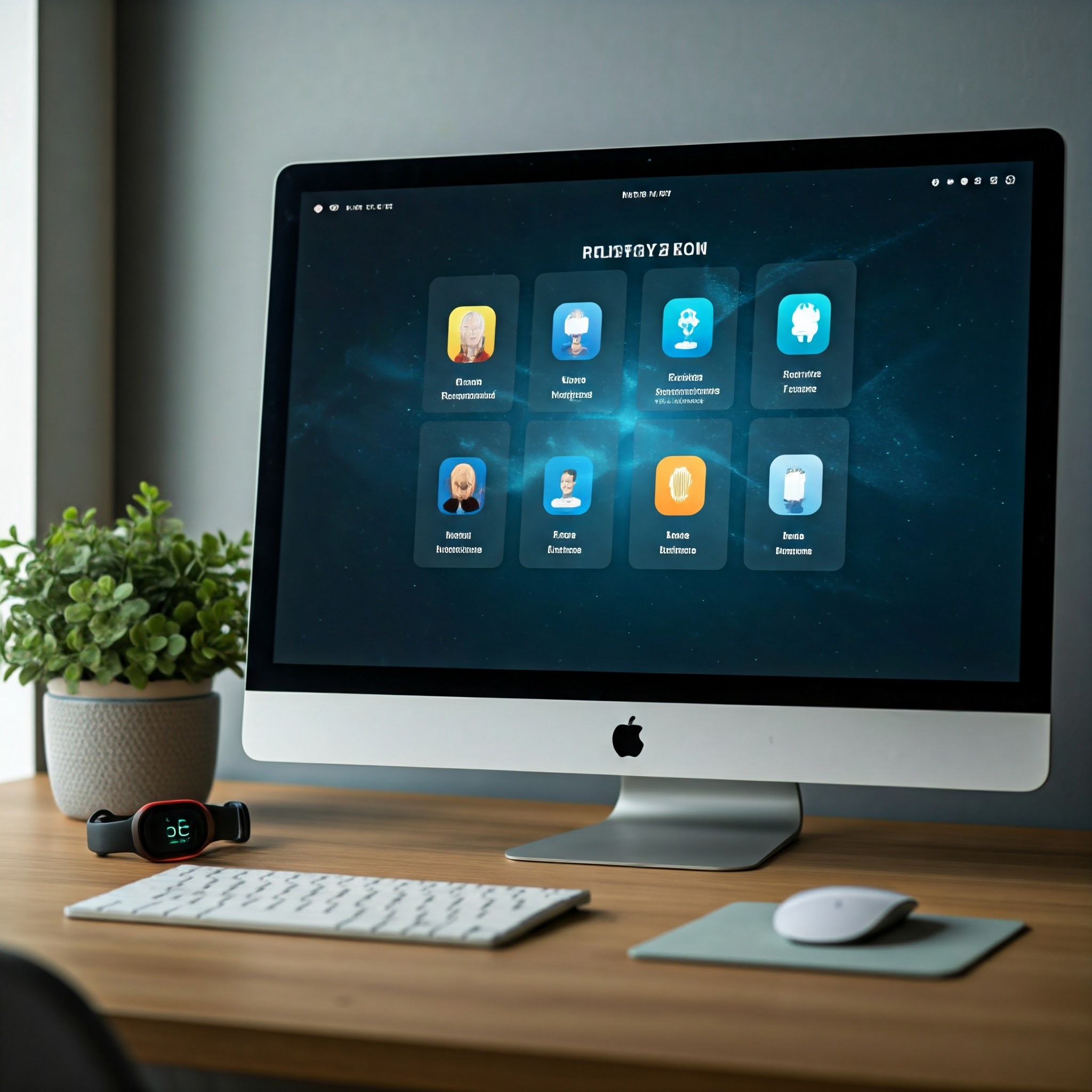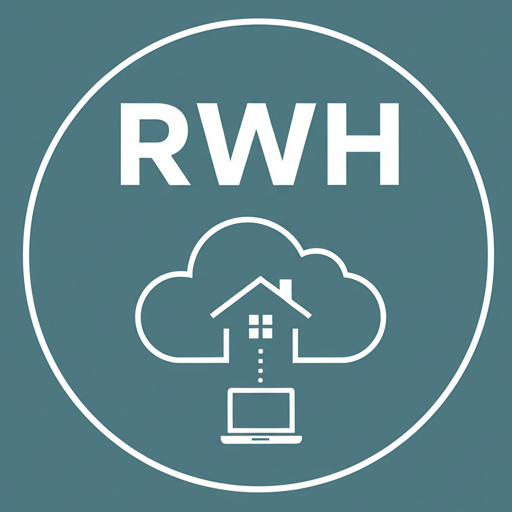
The way we work has changed dramatically in the last few years, and remote work is now the norm for millions of professionals around the world. However, it’s not just the flexibility that makes remote work appealing; it’s the wide range of technologies and tools available to help us stay productive, manage our health, and keep our personal well-being intact while working from home.
In this post, we’ll dive into how remote work tools are helping professionals strike a balance between their productivity and wellness, and how embracing these technologies can lead to a healthier and more efficient remote working experience.
The Role of Technology in Remote Work Productivity
Remote work presents unique challenges—like managing your own schedule, staying connected with teammates, and keeping focused without the structure of an office environment. But technology has been a game-changer for overcoming these challenges, especially when it comes to task management and team collaboration.
1. Task Management Tools: Streamlining Work and Enhancing Focus
Tools like Asana, Trello, and Monday.com have revolutionized the way remote teams manage projects. These platforms help keep tasks organized, assign clear responsibilities, and track progress in real-time. The integration of AI in these platforms has taken productivity a step further by suggesting optimal workflows, tracking deadlines, and providing status updates.
By using these tools, remote workers can ensure they’re staying on top of their responsibilities without getting lost in the details. With automatic notifications and project tracking, they can avoid procrastination, minimize distractions, and stay focused on what really matters.
2. Video Conferencing and Communication Tools: Keeping Teams Connected
Effective communication is key for any team, but especially for remote teams that may be spread across different time zones. Video conferencing platforms like Zoom, Google Meet, and Microsoft Teams have made it easier for remote workers to stay connected with their colleagues.
These platforms allow for real-time discussions, collaboration, and face-to-face meetings that help foster team cohesion despite physical distance. With AI features like real-time transcription, noise suppression, and virtual backgrounds, these tools help eliminate barriers to communication and improve the overall experience.
3. Collaboration and File Sharing: Real-Time Teamwork
Collaborating remotely requires easy access to shared documents, notes, and project files. Tools like Google Drive, Dropbox, and Slack enable seamless collaboration by providing centralized hubs for teams to work together in real-time. These tools not only make it easier to share files and information but also help maintain clear communication, which is essential for remote work productivity.
For remote workers, having everything in one accessible location reduces time wasted searching for files or updates, allowing teams to collaborate efficiently and stay aligned on the project’s progress.
Enhancing Wellness with Remote Work Technology
As much as remote work emphasizes productivity, it’s crucial to also recognize the importance of maintaining physical and mental well-being while working from home. Fortunately, technology plays a vital role in supporting both of these areas.
1. Health and Fitness Tracking: Staying Active While Working From Home
Being in a home office can often lead to sedentary behavior. However, with the help of wearable devices like Fitbit and the Apple Watch, remote workers can stay on top of their fitness and health goals. These devices not only track steps, calories, and exercise but also monitor more advanced metrics like heart rate, sleep patterns, and even stress levels.
For remote workers, it’s easy to forget to take breaks or get up from the desk, but these health trackers can send reminders to get moving, stretch, or take a short walk, which is crucial for avoiding burnout and maintaining long-term well-being.
2. Mental Health and Stress Management: Tools for Calm and Focus
Mental health is just as important as physical health, especially in the high-pressure environment of remote work. Apps like Headspace, Calm, and MyLife use AI and personalized features to provide meditation and relaxation exercises, mindfulness practices, and stress management strategies. These tools help remote workers stay grounded, reduce anxiety, and recharge during stressful workdays.
For those facing the challenges of isolation or burnout, these wellness apps offer a great way to manage emotional well-being and bring balance to the work-from-home lifestyle.
3. Virtual Office Spaces: Personalizing Your Remote Workspace
As remote work evolves, some companies are exploring innovative ways to make virtual offices feel more connected and engaging. For instance, in Gather, a tool that allows users to create virtual office environments, we made a replica of our own office and encouraged everyone to personalize their desks. Some team members added plants, while I, of course, couldn’t resist adding multiple monitors to my virtual setup!
Personalizing your virtual workspace can bring some fun and familiarity to the day-to-day remote experience, making it feel less isolating and more like a traditional office. It also encourages team members to engage with one another, share creative ideas, and build a sense of community, which is key for fostering motivation and productivity in a remote work setting.
Additionally, we’ve made standups more engaging by surprising our team with fun Zoom or Slack Huddle backgrounds—especially after tackling critical tasks. These little moments of levity help the team stay sane, keep the atmosphere light, and encourage more casual interactions that can build camaraderie.
How Remote Work Tools Are Shaping the Future of Work and Wellness
Looking ahead, the role of remote work tools in promoting productivity and wellness is only expected to grow. As AI and machine learning continue to evolve, remote work platforms will become even smarter, helping professionals achieve higher levels of efficiency while maintaining a healthy work-life balance.
For more insights on how AI is enhancing remote work and wellness, don’t miss our post on how AI innovations are shaping the workplace at EngineeredAI.net, or check out our tips on maximizing productivity at MomentumPath.net.
Remote work is no longer just a trend; it’s here to stay. By leveraging the right technologies, remote workers can unlock new levels of productivity, health, and well-being, making the experience more rewarding for everyone involved.
